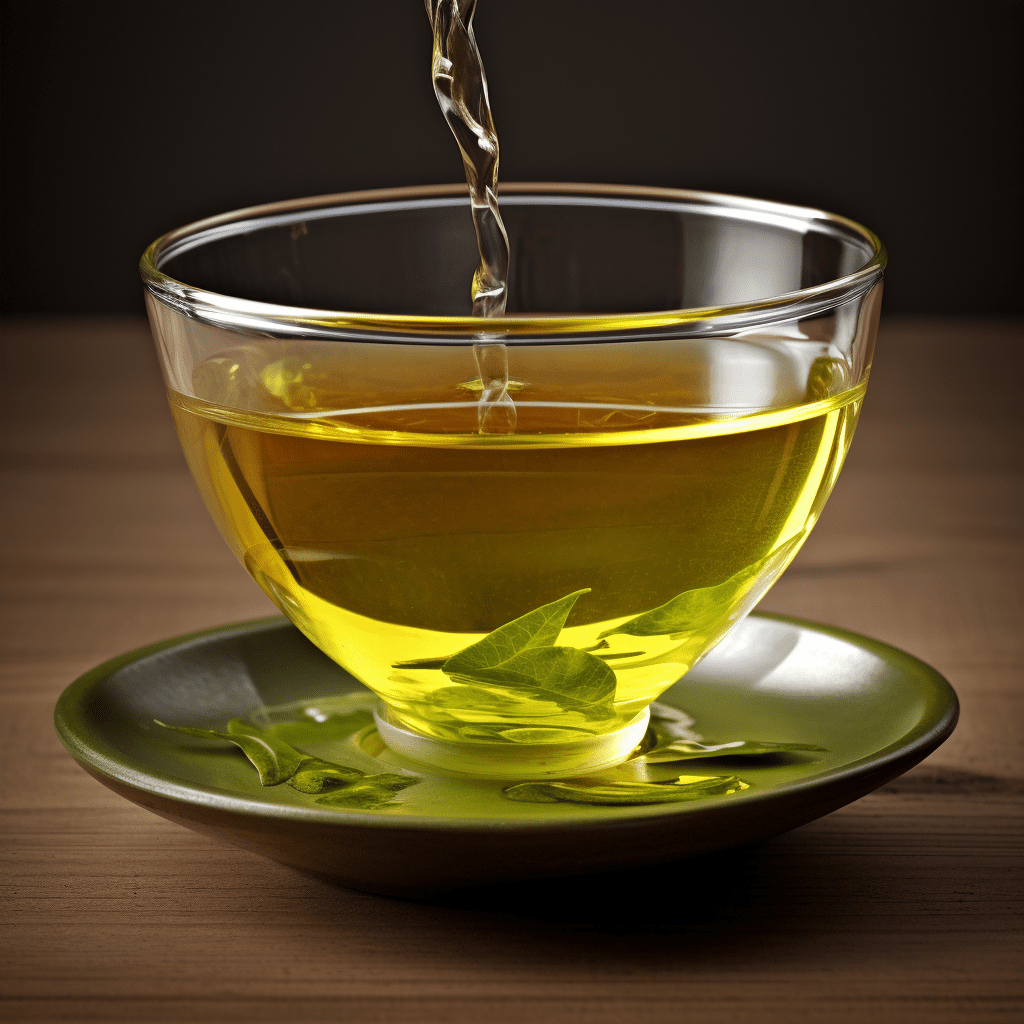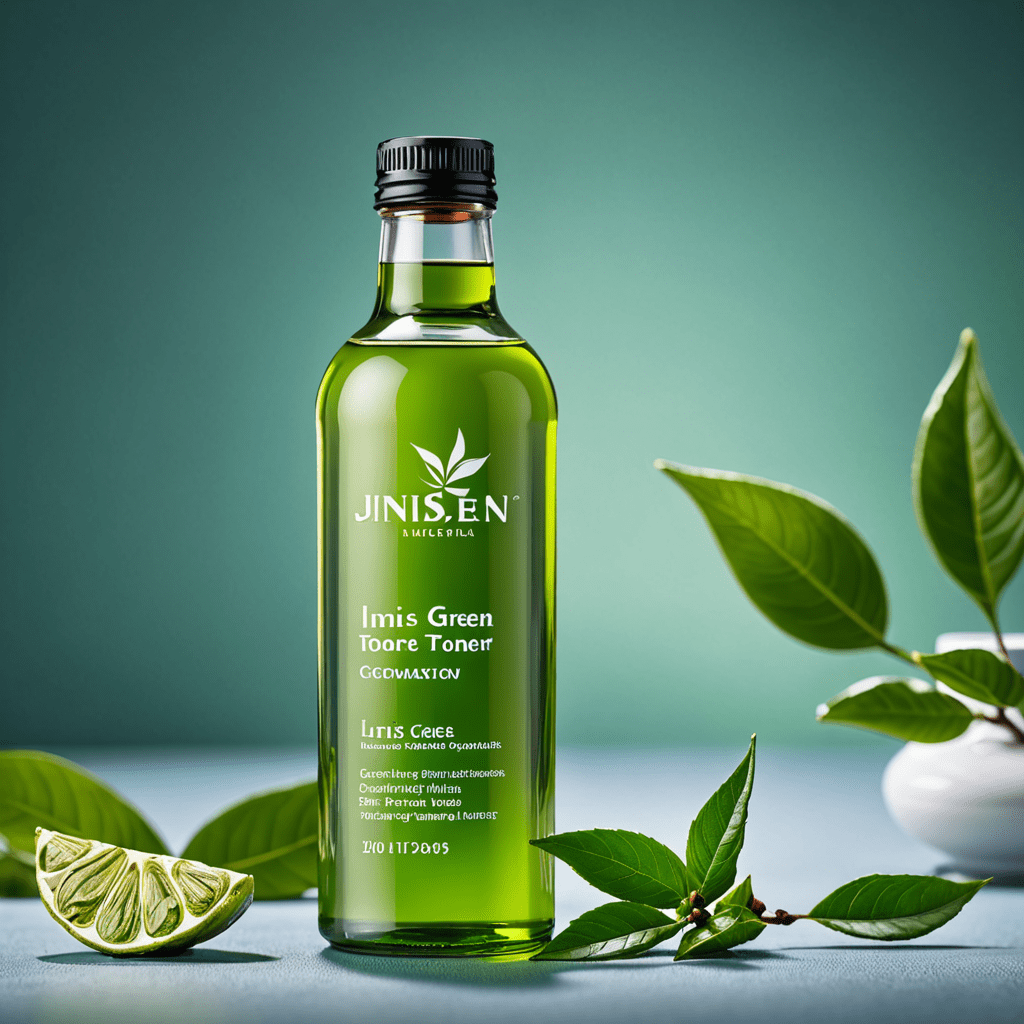How Long Do I Steep Green Tea?
Green tea is known for its refreshing taste and numerous health benefits. However, if you’re new to brewing green tea, you might find yourself wondering about the ideal steeping time. In this article, we will explore the factors that determine how long you should steep your green tea and provide some general guidelines to help you brew the perfect cup every time.
Factors That Determine Steeping Time
Several factors can influence the ideal steeping time for green tea. These include the type of green tea, water temperature, tea-to-water ratio, and personal preference. Let’s take a closer look at each of these factors:
1. Type of Green Tea
Different types of green tea have varying characteristics and flavors, which can affect their steeping time. Some common types of green tea include sencha, matcha, dragon well, and genmaicha. It’s important to check the specific recommendations for each type of tea to achieve optimal flavor extraction.
2. Water Temperature
Water temperature plays a crucial role in green tea steeping. Using water that is too hot can result in a bitter and astringent taste, while water that is too cool may not extract enough flavor. As a general guideline, aim for a water temperature between 160°F (70°C) and 180°F (80°C) for most green teas.
3. Tea-to-Water Ratio
The ratio of tea leaves to water also affects steeping time. While some teas require a higher leaf-to-water ratio for a stronger flavor, others are more delicate and require less. It’s recommended to start with 1 teaspoon of loose green tea leaves per 8 ounces of water and adjust according to your preference.
4. Personal Preference
Ultimately, the ideal steeping time for green tea boils down to personal preference. Some individuals enjoy a milder flavor and prefer a shorter steeping time, while others prefer a stronger brew and opt for a longer steeping time. It’s a good idea to experiment and find the flavor profile that suits your taste buds best.
General Steeping Time Guidelines
While individual preferences may vary, the following general guidelines can serve as a starting point for steeping green tea:
- Sencha: Steep for 1-2 minutes.
- Matcha: Whisk vigorously in hot water until frothy.
- Dragon Well (Longjing): Steep for 2-3 minutes.
- Genmaicha: Steep for 2-3 minutes.
- Gyokuro: Steep for 2-3 minutes.
- Gunpowder: Steep for 2-3 minutes.
Remember, these are just general recommendations, and it’s important to follow the specific instructions provided by your tea supplier for the best results.
FAQs
Q1: Can I reuse green tea leaves for subsequent steeps?
A: Yes, you can reuse green tea leaves for multiple steeps. With each subsequent steep, you may need to increase the steeping time slightly to extract the desired flavor.
Q2: Can I refrigerate green tea for later consumption?
A: It’s generally recommended to consume green tea fresh. However, if you must refrigerate it, make sure to store it in an airtight container to prevent moisture and odors from affecting the flavor. Remember to consume it within a day or two for the best taste.
Q3: What if my green tea turns out too bitter?
A: If your green tea tastes bitter, it’s likely that you steeped it for too long or used water that was too hot. To remedy this, try reducing the steeping time or using slightly cooler water in your next brew.
Q4: Can I cold brew green tea?
A: Yes, you can cold brew green tea by adding tea leaves to cold water and allowing it to steep in the refrigerator for several hours. Cold brewing results in a milder flavor profile and is a popular method for enjoying green tea in the summer months.
By understanding the factors that determine steeping time and following these general guidelines, you can brew a delightful cup of green tea that suits your taste preferences. So go ahead, steep your green tea with confidence and savor every sip of the flavorsome brew!


